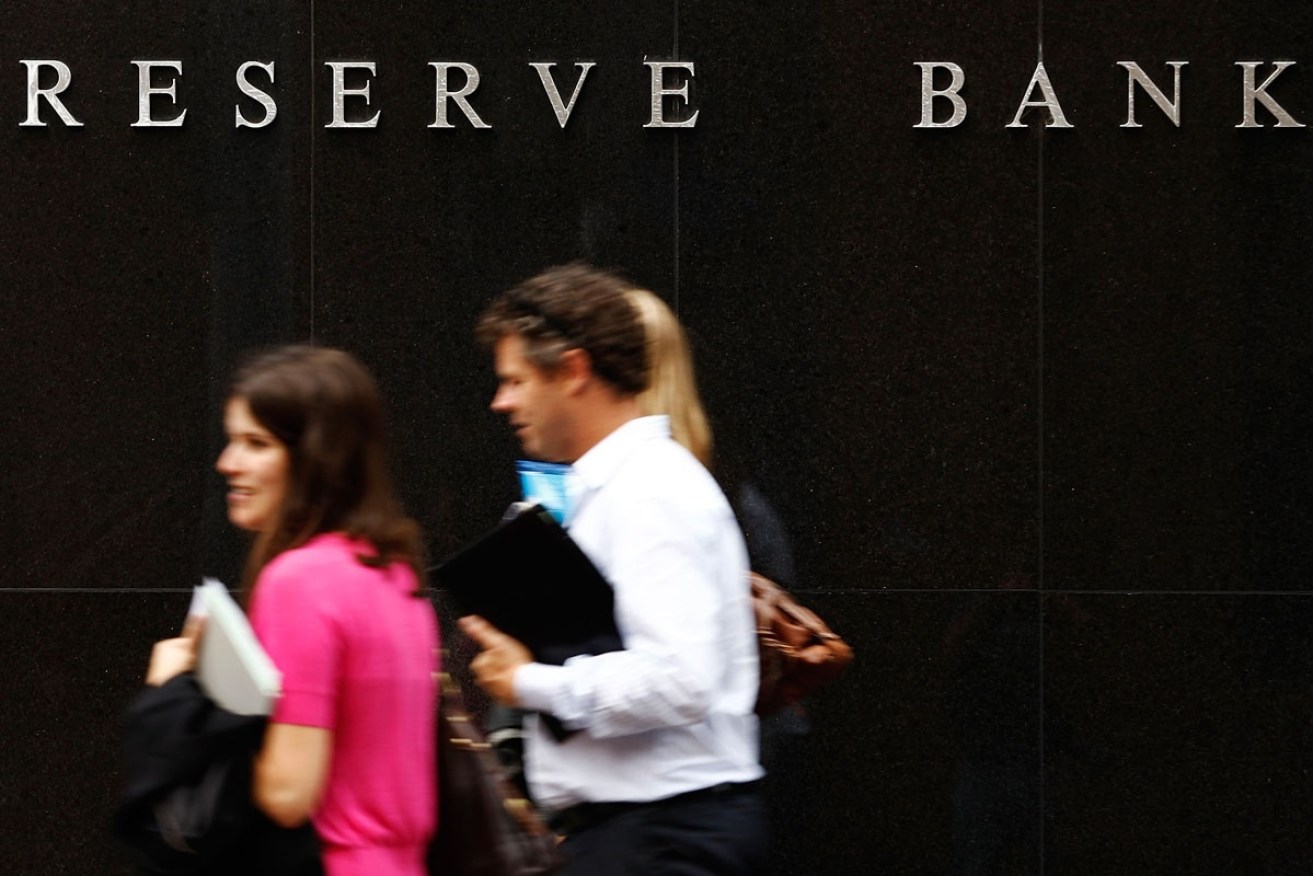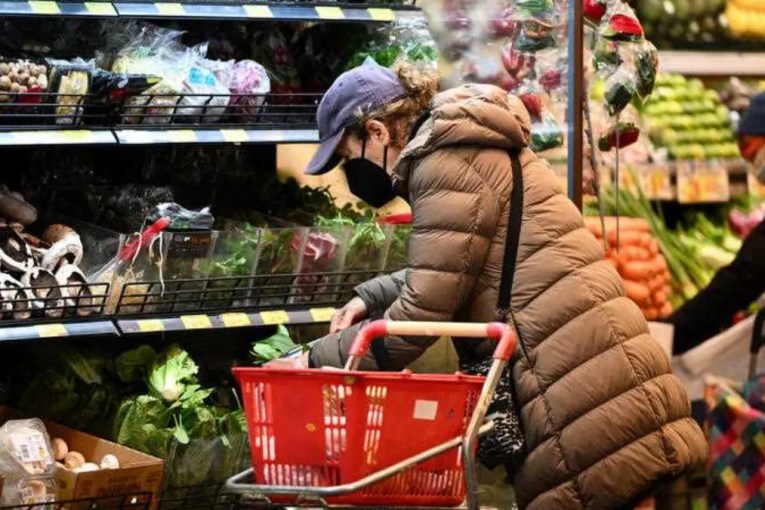Jobs, wages to remain low but we’ll dodge a recession: RBA

The RBA is eyeing economic growth in 2017. Photo: AAP Photo: AAP
Australia will avoid a recession but workers are in for a tough few years, according to new research from the Reserve Bank.
In its latest economic update, Australia’s central bank dismissed the shock economic contraction in the September quarter as nothing more than a blip.
It also forecast, for the first time ever, the unemployment rate for coming years. This wasn’t a pleasant surprise, as the RBA warned that current levels of unemployment and low wages are here to stay.
“GDP growth is expected to pick up over 2017 to 2.5–3.5 per cent, supported by low interest rates, the diminishing drag on growth from falling resource investment and rising resource exports,” the bank predicted on Friday.
“However, overall growth is not expected to be sufficient to generate much of a decline in the unemployment rate over the forecast period.”

We’ll know for sure if the economy grew, rather than shrank, when the GDP figures for the December quarter are released in early March.
The high unemployment rate is keeping wage growth at its current lows, the bank said. Luckily, it shouldn’t worsen.
“The current rate of unemployment suggests that there is still a degree of spare capacity in the labour market, which has contributed to subdued wage pressures.
“Low wage growth might also have partly reflected businesses’ responses to increased competitive pressures. More recently, there has been some evidence from surveys and liaison with firms suggesting that wage growth is unlikely to ease further.”
Queensland and Western Australian workers seem to be suffering the most.
“The divergence in labour market conditions across states continued: employment in Queensland and Western Australia declined over the year, in contrast to the growth recorded in New South Wales and Victoria.”
The RBA also noted the continued trend of underemployment and casualisation in the workforce.
“The net increase in employment in 2016 was entirely in part-time employment, although full-time employment increased in the December quarter.
“The composition of employment growth over the year reflects a strong contribution to growth from the household services sector, which has a high share of part-time workers. It may also reflect firms being hesitant to hire full-time workers until they see further evidence that demand for their output is likely to be sustained.”
RBA keeping a close eye on housing, immigration and debt
In a speech in Sydney on Thursday, a day before the release of the monetary policy statement, RBA Governor Philip Lowe addressed three politically contentious areas: immigration, housing affordability and rising levels of household debt.

In addition to tough labour market conditions, Philip Lowe is also watching population growth, infrastructure spending, household debt and housing affordability, among many other concerns. Photo: AAP
“Our population is growing strongly, which is a source of dynamism for our economy. But this growth can put strains on our infrastructure, including on transport infrastructure,” Dr Lowe said.
“These strains can reduce public support for a growing population. They can also impair our ability to compete and to be as productive as we can be.”
Dr Lowe urged politicians to invest more in infrastructure to improve productivity and living standards — and to address the “increasingly important issue” of housing affordability.
Better roads and public transport can make cheaper outer-suburb housing liveable for families, experts have previously told The New Daily.
Dr Lowe also warned that household debt is “relatively high” and mortgage lending may need to be reined in further.
“We continue to pay close attention to the housing market and to household balance sheets,” he said.
“Overall, households are coping reasonably well with [debt]. But there are clearly risks.”








